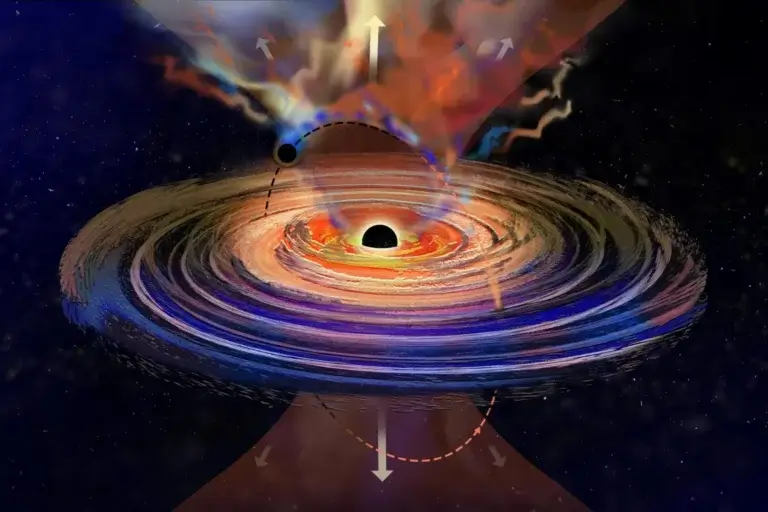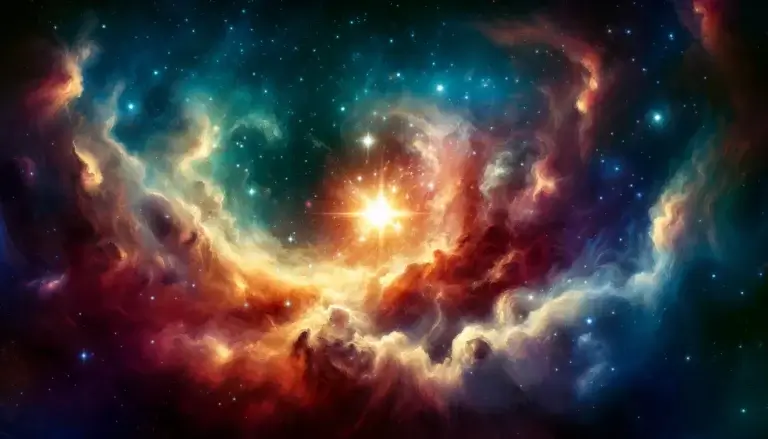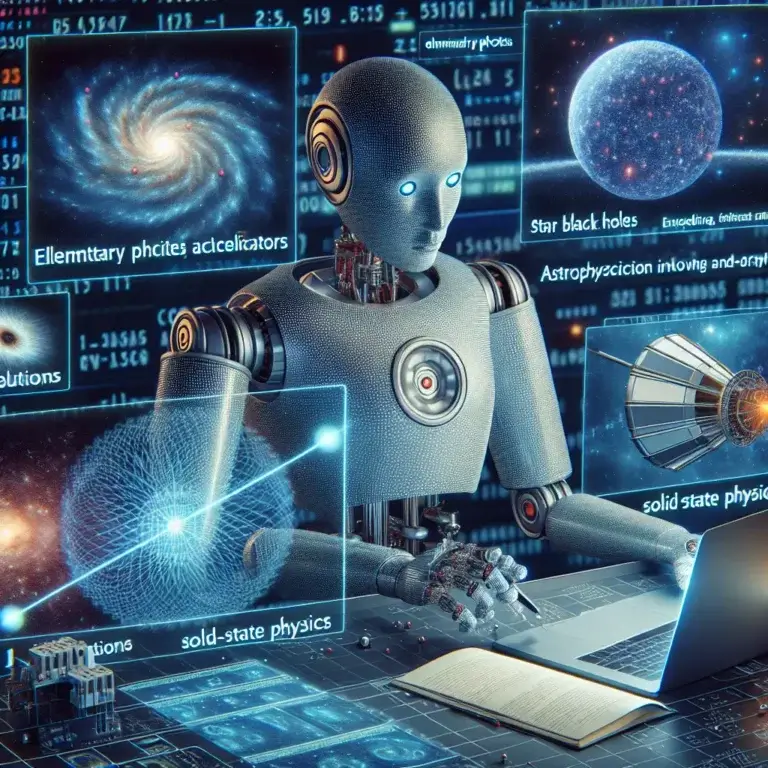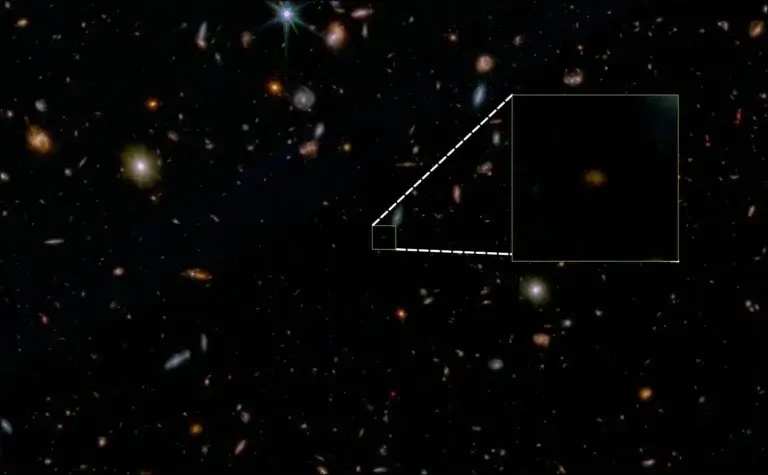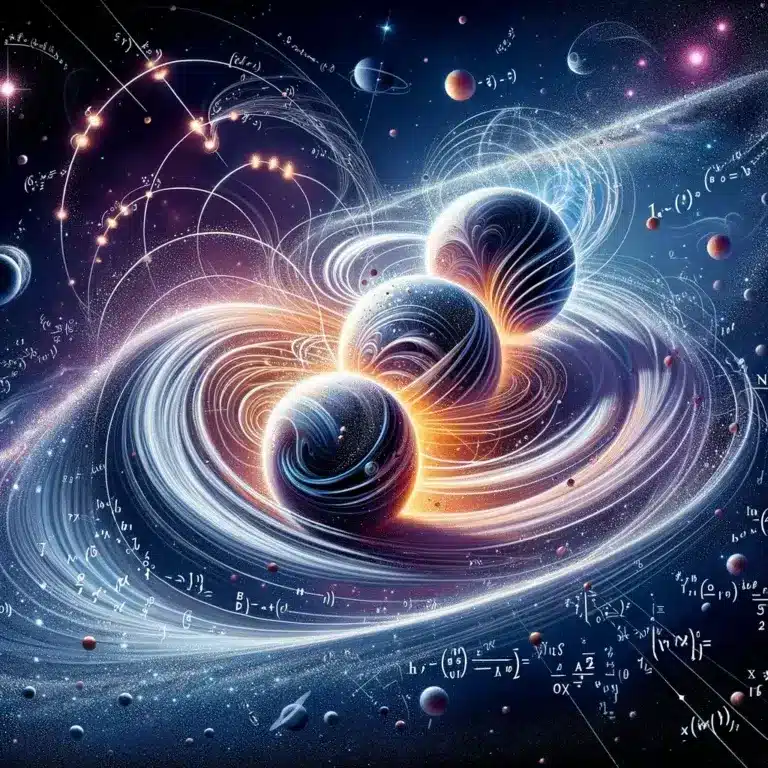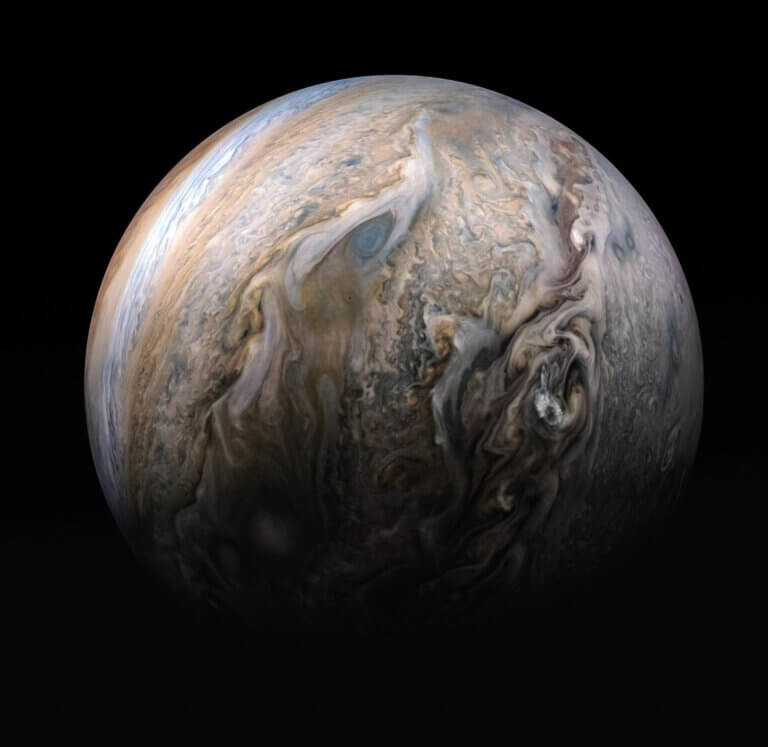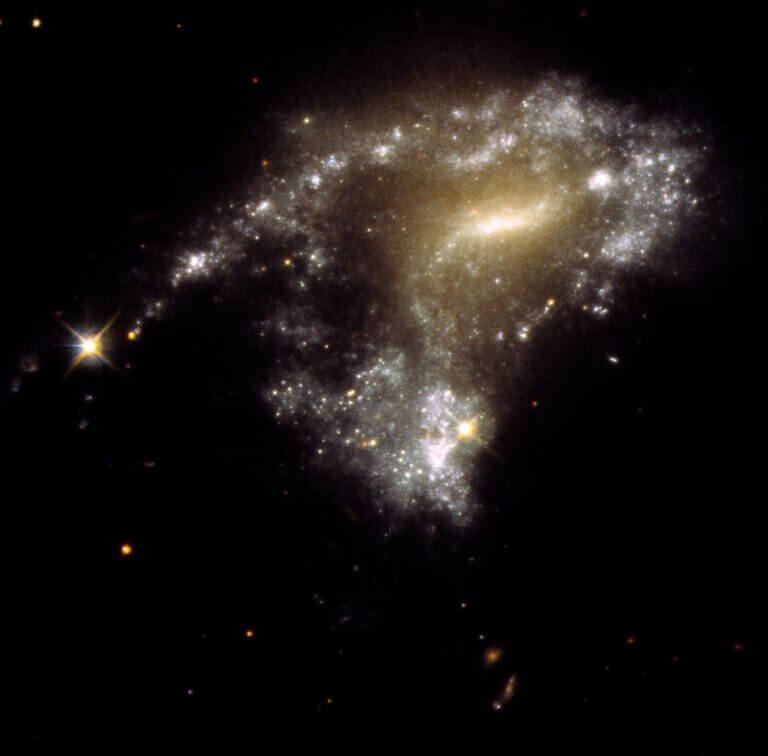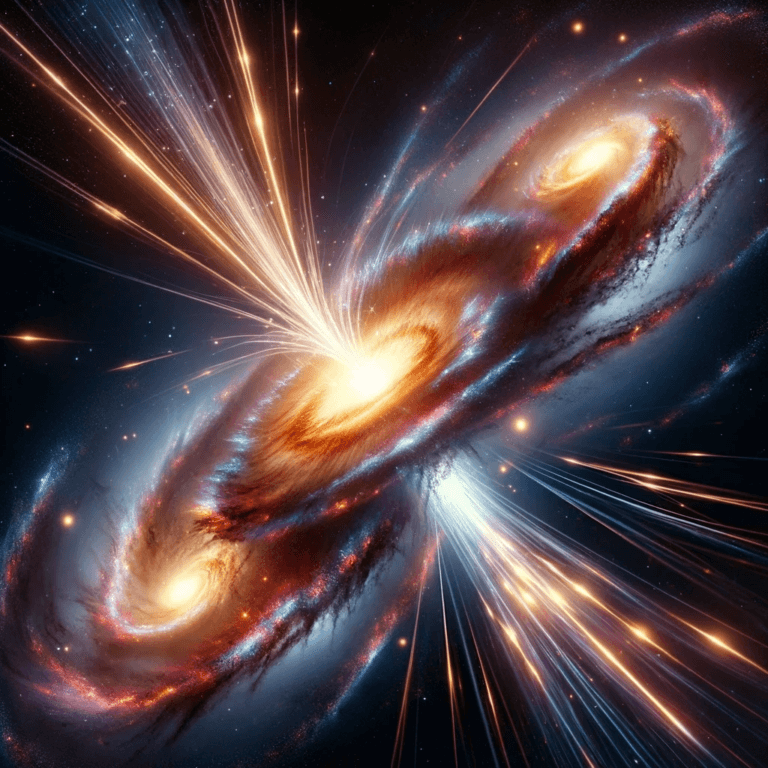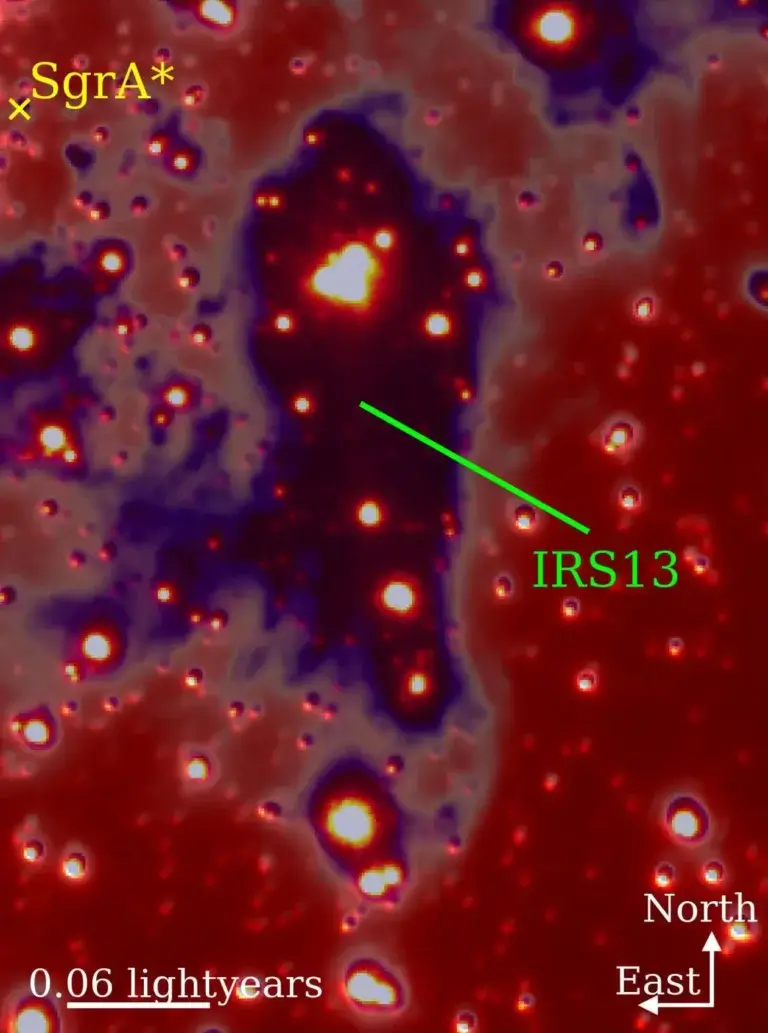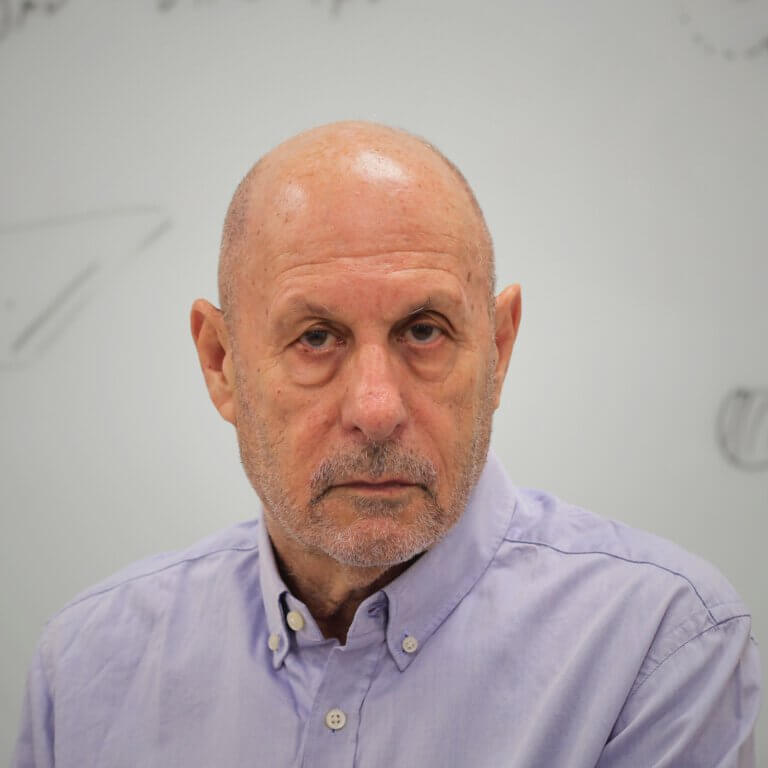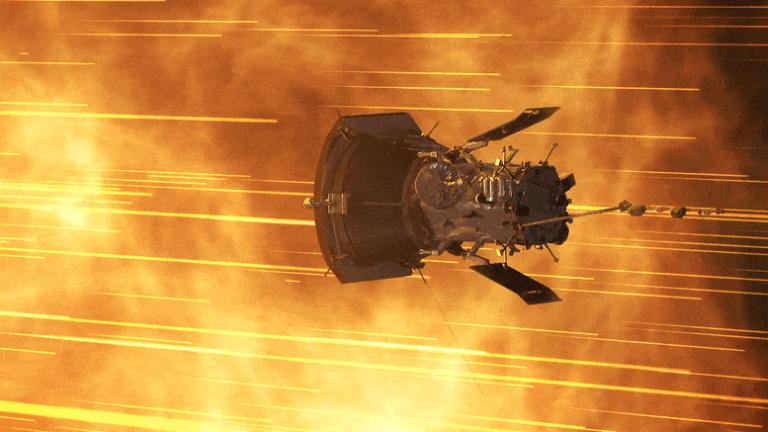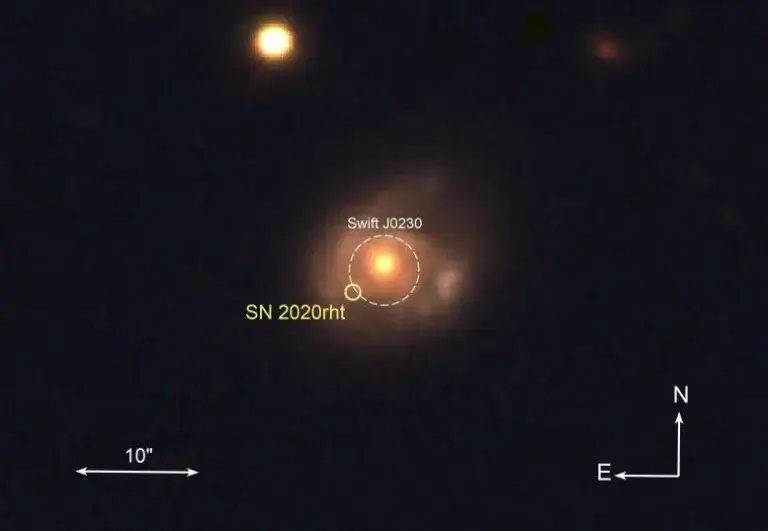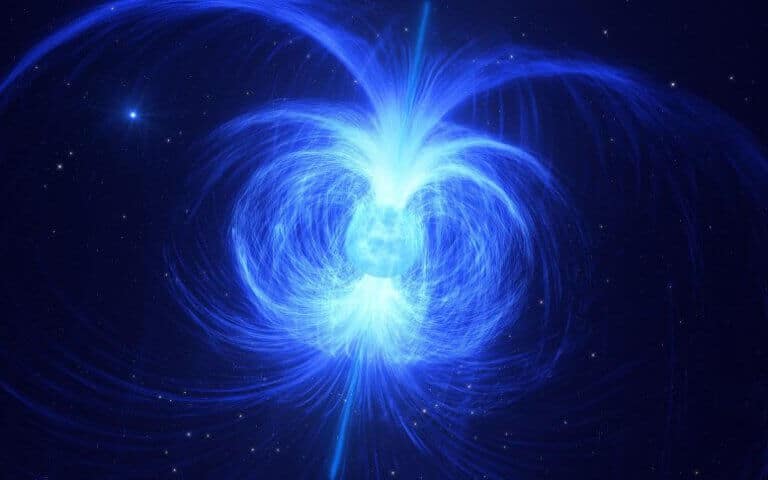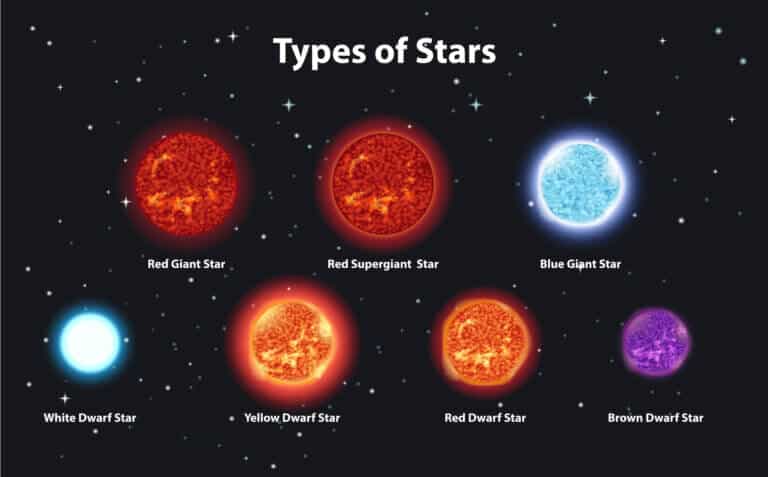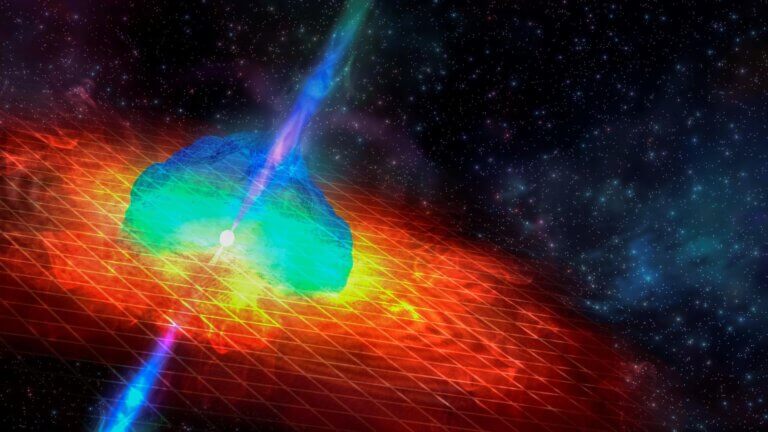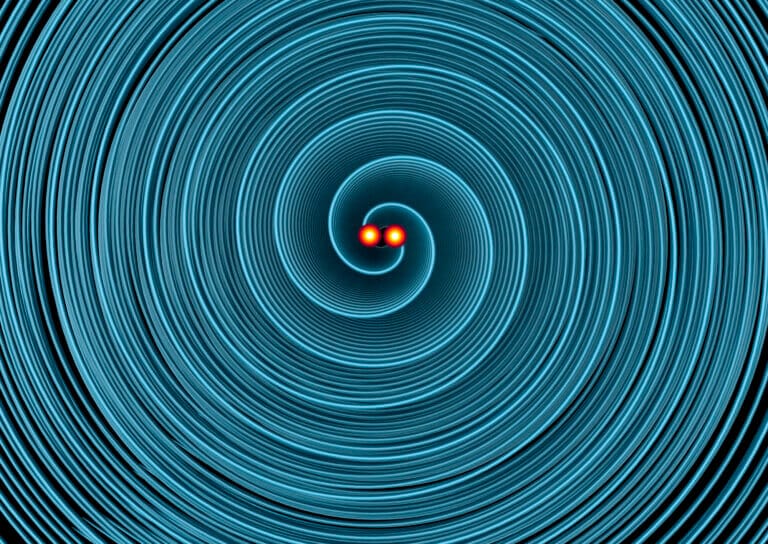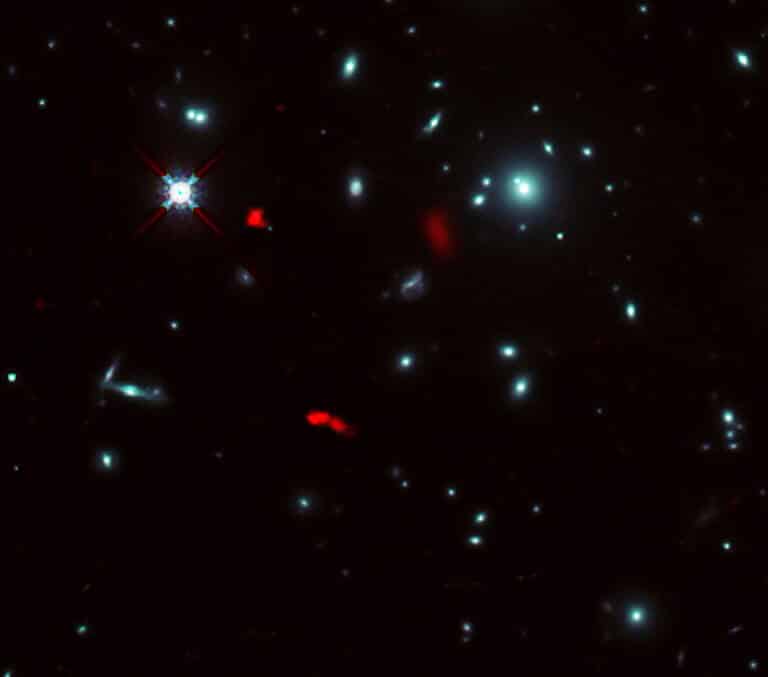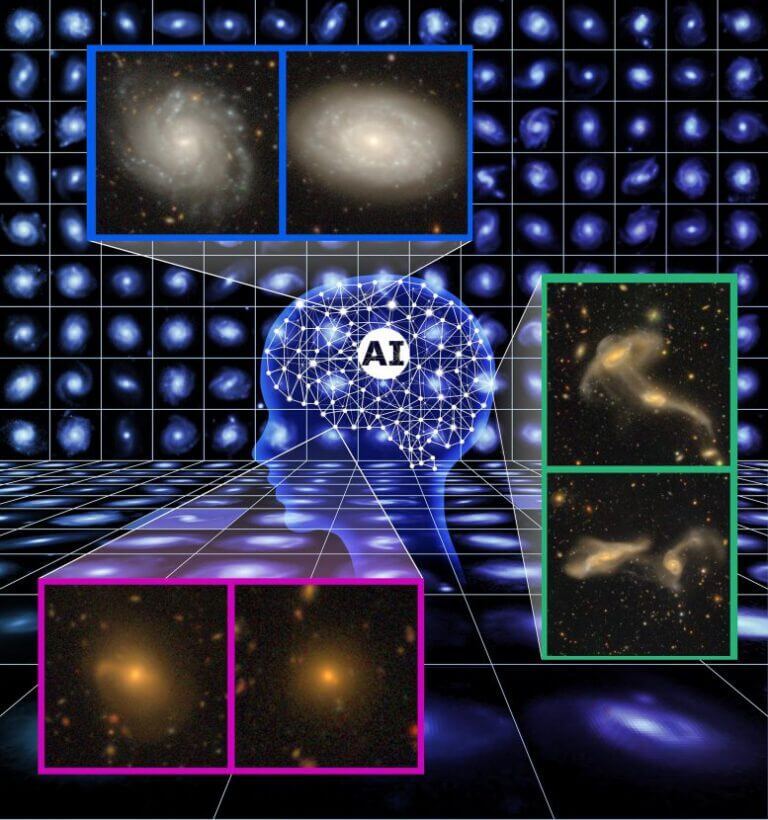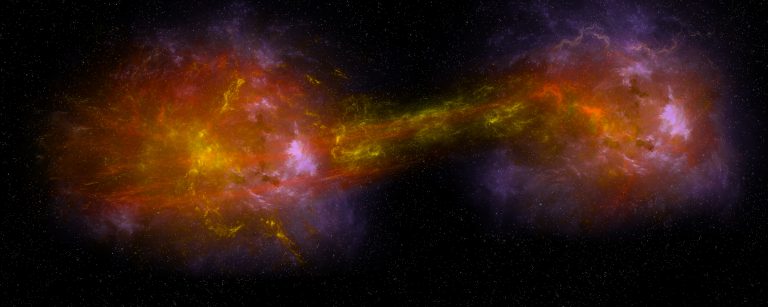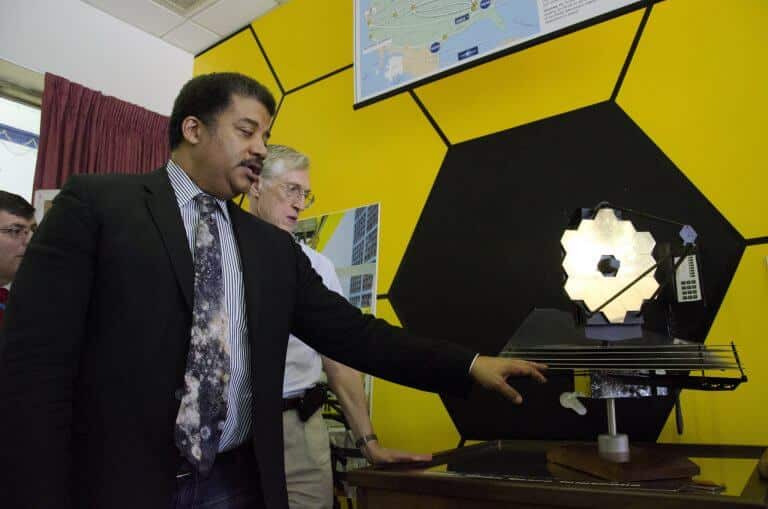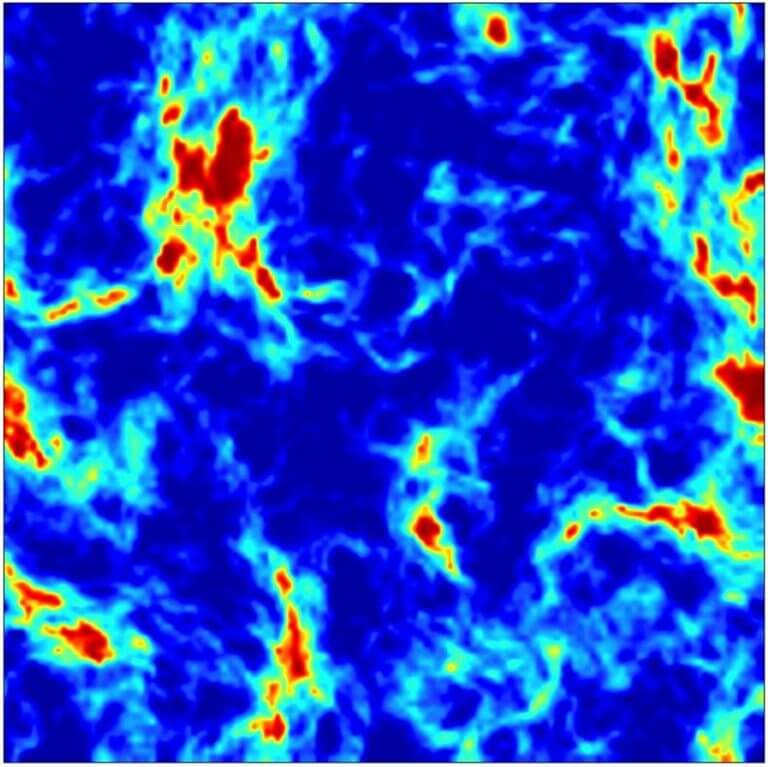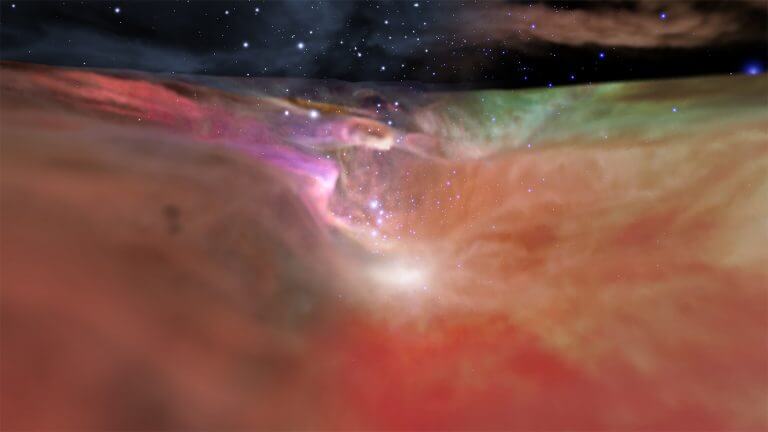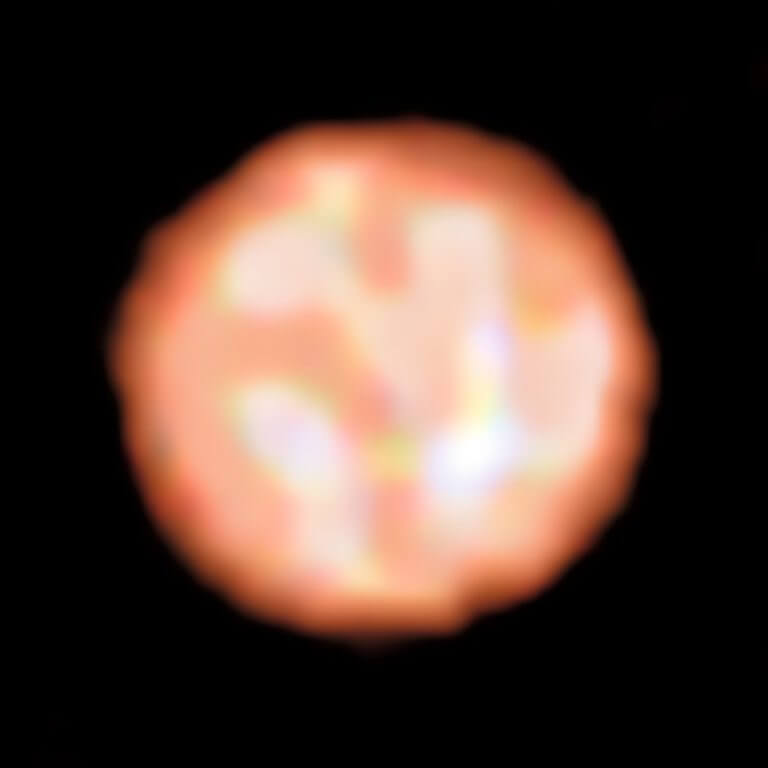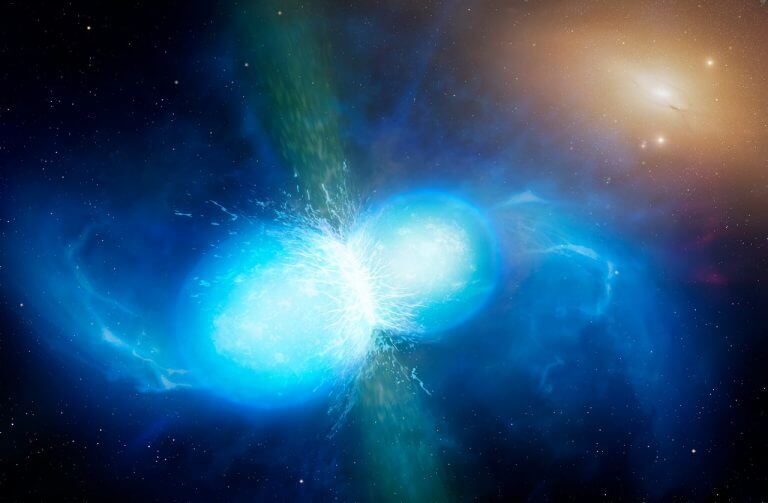Hayadan > Astrophysics
Astrophysics
- Avi Blizovsky
- April 5, 2024
- One response
In a distant galaxy, the supermassive black hole's intermittent gas fluxes led to the discovery of a smaller black hole in its orbit
- The Voice of Science website - the Israel National Science Foundation
- April 2, 2024
In interstellar molecular clouds, large molecules can form despite the non-ideal conditions prevailing there
- Avi Blizovsky
- March 16, 2024
- No comments
The facility, named JUNO, consists of a huge tank that surrounds an array of detectors. The container contains a substance that causes a scintillation which is recorded in the detectors and thus allows to identify a neutrino event, its type and mass, since the neutrino particles change into different types upon their formation
- Avi Blizovsky
- March 14, 2024
- 8 תגובות
Researchers in Germany have developed an artificial intelligence capable of postulating physical theories by identifying patterns in complex data sets and after being fed all known physics
- Avi Blizovsky
- March 13, 2024
- No comments
This galaxy experienced a tumultuous and fast life: the star formation process worked quickly and suddenly ended, a situation that is not expected at such an early stage in the evolution of the universe. It is still unclear whether the "frozen" state of the galaxy is temporary or permanent, and what is the reason for the cessation of the star formation process
- The Hebrew University
- March 2, 2024
- 3 תגובות
New research from the Larkach Institute of Physics reveals a significant advance in chaos theory, by confirming in detail the flux-based statistical theory that predicts chaotic outcomes in non-hierarchical Newtonian three-body systems. This breakthrough has practical implications for fields such as celestial mechanics, astrophysics and particle dynamics.
- Avi Blizovsky
- February 19, 2024
- One response
For the first time, NASA activated a tool designed to discover planets many light years away on an object in the solar system, in a study of the winds of Jupiter
- Avi Blizovsky
- February 18, 2024
- No comments
The discovery of an S-shaped galaxy could revolutionize the understanding of the process of star formation
- Avi Blizovsky
- January 15, 2024
- 3 תגובות
"Astronomers discover that the fastest radio burst ever observed came not from a single galaxy, but from a group of merging galaxies"
- Avi Blizovsky
- October 21, 2023
- One response
Researchers have found that the star cluster IRS13 near the supermassive black hole SagittariusA* at the center of our galaxy is much younger than predicted
- The Hebrew University
- October 8, 2023
- No comments
Professor Zvi Piren, the holder of the Schwartzman Chair at the Rakah Institute of Physics at the Hebrew University and Professor Amir Levinson from Tel Aviv University will take part in a research group of the prestigious Simmons Foundation as part of an international cooperation in mathematics and physical sciences for the study of neutron stars and black holes
- Avi Blizovsky
- September 26, 2023
- No comments
"These interactions between the Sun's coronal mass ejections and interplanetary dust were theorized twenty years ago, but were not observed until the Parker Solar Probe saw that the coronal ejection acts like a vacuum cleaner, removing the dust from its orbit."
- Avi Blizovsky
- September 24, 2023
- 3 תגובות
A Sun-like star located in a galaxy roughly 500 million light-years away is being gradually devoured by a black hole, shedding a mass equal to three Earths on each close pass.
- Avi Blizovsky
- August 20, 2023
- 7 תגובות
Astronomers at the European Southern Observatory discovered that the star HD 45166 is a neutron star about to become a megastar
- Weizmann Institute
- August 16, 2023
The brown dwarf is part of a new pair system that may advance our understanding of the evolution of stars and planets under extreme radiation conditions
- Avi Blizovsky
- August 13, 2023
- No comments
A highly unusual burst of high-energy light from a nearby galaxy is linked by scientists to a neutron star merger
- The Voice of Science website - the Israel National Science Foundation
- March 24, 2023
Gravitational wave analysis hints at the way black hole pairs are formed
- Ben-Gurion University
- May 4, 2021
- No comments
- Avi Blizovsky
- August 27, 2020
- 3 תגובות
Astronomers have applied artificial intelligence (AI) to ultra-wide-field images of the deep universe as taken by Japan's Subaru Telescope, achieving very high accuracy for detecting and classifying spiral galaxies in these images. This technique, combined with citizen scientists, is expected to yield more discoveries in the future
- Avi Blizovsky
- December 22, 2019
- 10 תגובות
- The science service
- March 24, 2018
- 32 תגובות
- Tel Aviv University
- March 1, 2018
- 169 תגובות
- Elisef Kosman
- January 16, 2018
- No comments
- Elisef Kosman
- December 31, 2017
- No comments
- Avi Blizovsky
- December 31, 2017
- 4 תגובות

